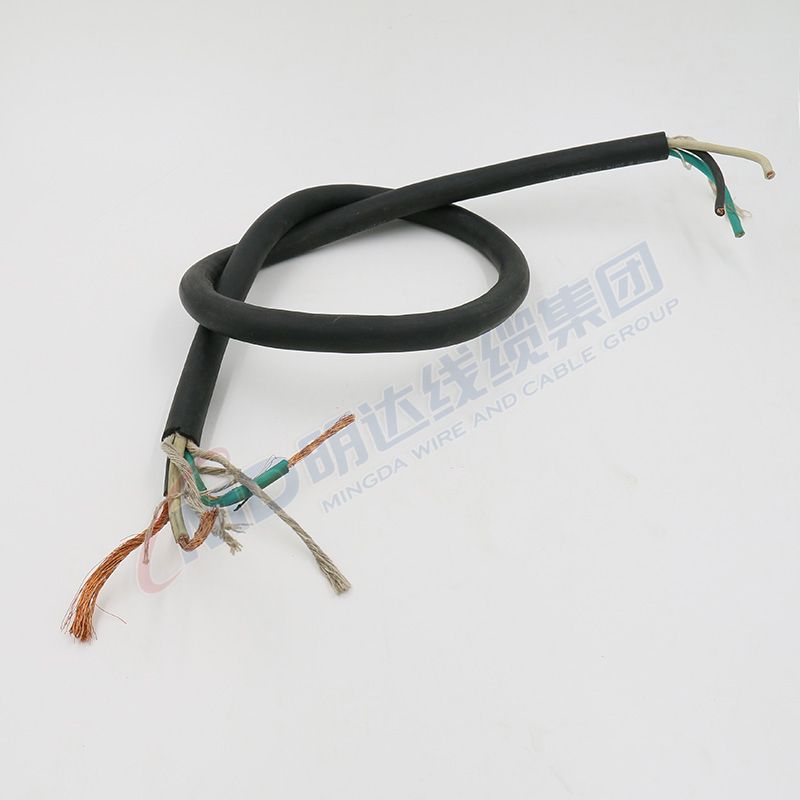9 月 . 19, 2024 14:48 Back to list
ball check valve
Understanding Ball Check Valves A Comprehensive Overview
Ball check valves are crucial components in various fluid handling systems, designed to promote efficient fluid flow while preventing backflow. These valves operate based on a simple yet effective mechanism that utilizes a spherical ball to control the flow of liquids or gases. In this article, we will explore the working principle, applications, advantages, and considerations for using ball check valves.
Working Principle
The fundamental operation of a ball check valve hinges on gravity and fluid dynamics. When fluid flows in the desired direction, it exerts pressure against the ball, causing it to lift and permitting the passage of fluid. Conversely, if there is a reverse flow or backpressure, the ball drops back into its seat, effectively blocking any backward movement. This self-sealing mechanism is what makes ball check valves reliable for preventing reverse flow, thereby protecting equipment and maintaining system integrity.
Applications
Ball check valves find their utility in a wide range of industries, including water and wastewater management, petroleum, chemical processing, and HVAC systems. They are commonly used in applications such as sump pumps, irrigation systems, and inlines for drainage to prevent water from flowing back into a system. Their simplicity and reliability make them suitable for both residential and industrial uses.
ball check valve

Advantages
One of the primary advantages of ball check valves is their minimal maintenance requirements. With fewer moving parts than traditional valve types, they are less prone to wear and tear, leading to a longer lifespan. Additionally, the smooth surface of the ball reduces turbulence and can minimize pressure loss in the system. Another benefit is their ability to handle a variety of fluids, including those with solid particulates, making them versatile in different operational contexts.
Considerations
Despite their advantages, there are certain factors to consider when using ball check valves. They may not be suitable for very high-pressure applications or for systems where the flow rate could frequently change, as this may lead to valve chatter or wear. Proper sizing is also critical to ensure optimal performance; an undersized valve can cause excessive pressure drop, while an oversized valve may not seal effectively.
In conclusion, ball check valves play a vital role in ensuring the efficiency and safety of fluid transport systems. Their straightforward operation and reliability make them an excellent choice for various applications. When selecting a ball check valve, it is important to consider the specific requirements of your system to harness their full benefits effectively.
Share
-
Understanding the Differences Between Wafer Type Butterfly Valve and Lugged Butterfly ValveNewsOct.25,2024
-
The Efficiency of Wafer Type Butterfly Valve and Lugged Butterfly ValveNewsOct.25,2024
-
The Ultimate Guide to Industrial Swing Check Valve: Performance, Installation, and MaintenanceNewsOct.25,2024
-
Superior Performance with Industrial Swing Check Valve: The Essential Valve for Any SystemNewsOct.25,2024
-
Industrial Swing Check Valve: The Ideal Solution for Flow ControlNewsOct.25,2024
-
You Need to Know About Industrial Swing Check Valve: Functionality, Scope, and PerformanceNewsOct.25,2024